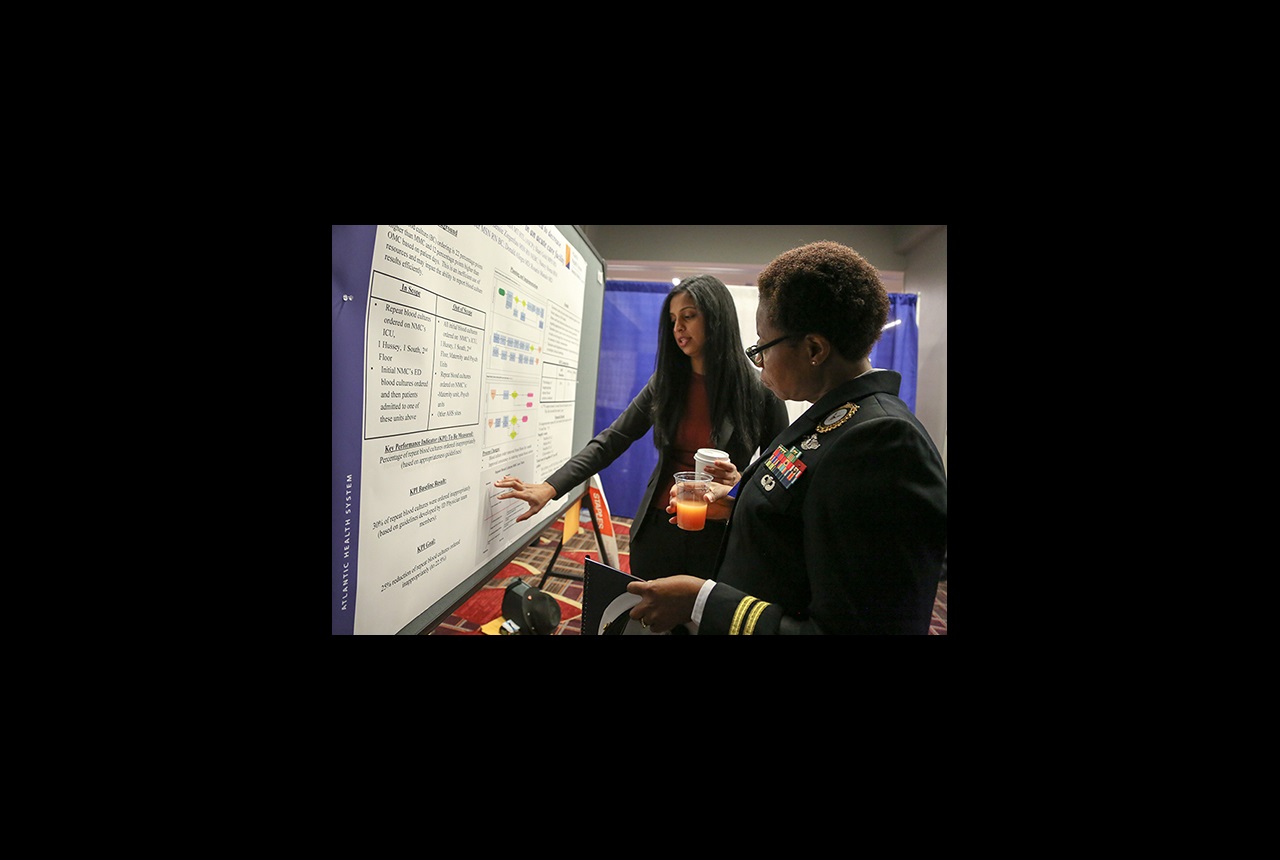
Leading a culture of safety in your organization will enable you to check off another goal on your to-do list: reducing the readmission rate.
At the 2018 Congress on Healthcare Leadership, participants had two opportunities to hear from forward thinker and strategist Josh Luke, PhD, FACHE. Dr. Luke is founder of the National Readmission Prevention Collaborative and author of Readmission Prevention: Solutions Across the Provider Continuum, published by ACHE.
Luke’s book is a must-read for healthcare leaders at every level of the continuum and is a best-selling book from Health Administration Press. In it, Luke provides tactics, tools, and resources that executives at acute-care and post-acute care facilities and agencies can implement immediately to reduce unnecessary hospital readmissions.
According to Luke, moving away from the pre-ACA volume-based model of care to a value-based model boils down to delivering care that is patient-centered. “Those who are willing to lead the charge to transform their organization to a patient-centered delivery model must be creative in identifying and using resources to achieve their goals in a cost-effective way,” says Luke, and he identifies and elaborates on readmission prevention tactics that you can put into action now.
Brief perspectives written by healthcare experts appear throughout the volume, offering viewpoints on preventing readmissions at various levels of care:
- Hassan Alkhouli, MD, Chief Medical Officer, Garden Grove (California) Medical Center, contributed “A Hospitalist’s Perspective on Readmission Prevention,” in which he states: “Most cases [of unplanned rehospitalizations] are the result of systems failures in ensuring appropriate transition to another source of care.”
- In “Advancing Excellence in America’s Nursing Homes: Tracking Tool and Resources for Safely Reducing Rehospitalizations,” Adrienne Mihelic, PhD, Senior Biostatistician for Telligen Healthcare Intelligence, offers a look at the “Advancing Excellence Safely Reduce Hospitalization” package, which includes talking points; fact sheets for residents and family, staff, and nursing home leadership; data tracking tools; and recommended interventions to improve the transition processes.
- Sarah Thomas, writing when she was Rehabilitation Specialist and Legislative Affairs Liaison at Hallmark Rehabilitation in San Francisco, prepared a perspective entitled, “Rehabilitation Is Vital in Readmission Prevention,” in which she focuses on assessing the level of care a patient needs to function safely in a transitional environment. She summarizes, “Consistent communication, collaboration, and continuity of care are needed to reduce the rate at which patients return to the hospital.”
Luke’s core safety message focuses on three elements:
- Communication between responsible parties at all layers of care
- Assessment of the patient’s ability to transfer to the next level safely
- Creating extra layers of safety: Ensuring the ability of the next level to provide for the patient safely
He reflects that the ultimate goal of healthcare is to return the patient safely to his or her home environment. Luke says, “Caretakers at all points of care now start their patient evaluation with one basic question: Can we discharge this patient home safely and confidently?”






















